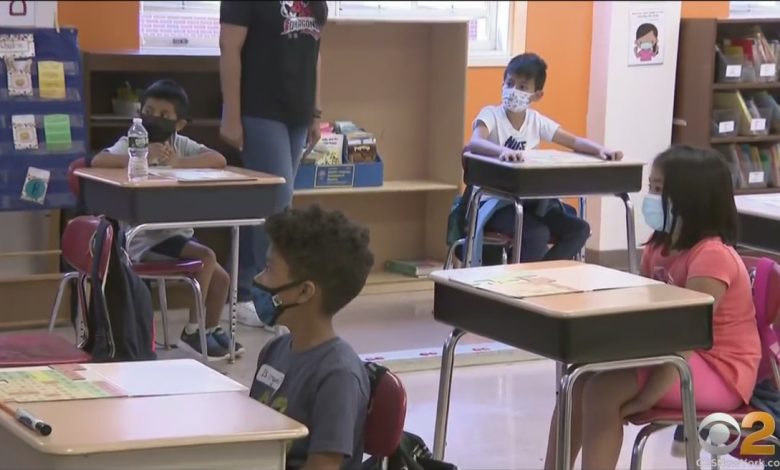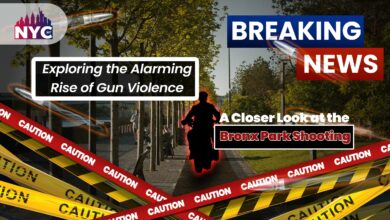New York City Officials Celebrate 1st Day of School

The nation’s most extensive school system had its first day of classes on Monday. One million students in New York City public schools were scheduled to return for in-person instruction for the first time since January of last year. According to CBS News, There is no remote-control option, but many parents and instructors are concerned about the Delta variant’s further growth.
After taking office, Mayor Bill de Blasio vowed to be the education mayor. While the epidemic rages, he doesn’t want to mar his reputation by insisting on classroom instruction and then having to draw back if kids and instructors become sick. This is occurring to everyone. “School has resumed in New York City,” Mayor de Blasio said on Monday.
The mayor was so pleased that you might have assumed he was celebrating his first day back at work. A certain amount of weight rested on him to bring everyone back inside the classroom and keep them safe. Some parents chose to keep their children at home, while others sent them to school but were concerned about their safety.
This is the first time I’ve felt this anxious. Everyone knows to wear their masks. Please do not remove them. Parent Stephanie Cruz stated, “It’s going to be a hectic year, but we’re going to get through it.” Cruz has five children enrolled in public school and said she hopes for a remote alternative for her children’s education. This is something I hope they do,” Cruz said.
Our daughter Vanessa Vadez added: “We take care to warn him that taking his mask off for no reason is a bad idea. I want my kid to learn and have interaction,’ said one parent.



